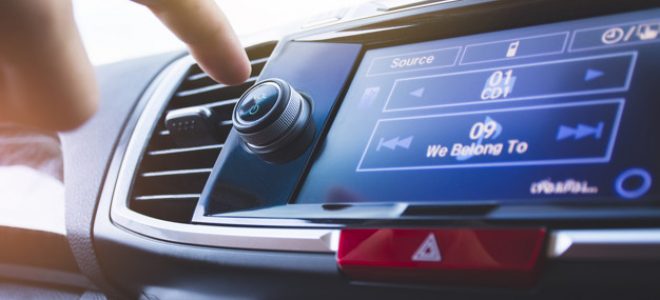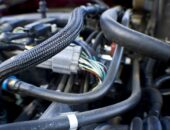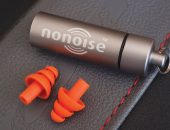If you’re looking to get a little more kick out of your car’s audio system this year, then it might be worth investing in a whole new set up.
For those who already have a stellar new stereo sitting in their garage and wondering how to install a car audio system, then we have some great tips for you below. It’s good to know that although the process seems rather complicated, it really isn’t — so long as you have some solid, helpful tips and a little perseverance. Having said that, if you don’t have the time or resources to do the job yourself you can always fall back on the services of a professional such as the team at Enji AU.
In our guide below, we’ll take a look at some of the essential things to know when looking at how to install a car audio system, and a few mistakes to look out for.
What to Buy
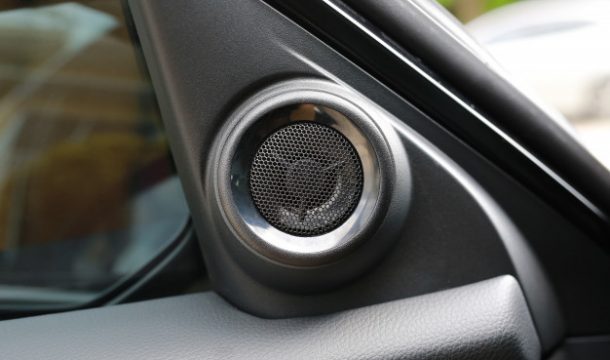
Source: freepik.com
Before we get into installing the stereo we’ll take a quick look at what you might want to consider when upgrading the audio system in your car.
If you’re only looking to budget options, then our biggest recommendation is simply grabbing some new car speakers. These are the ones that sit in the doors of your car and are often quite poor-sounding.
With new car speakers on sale for around $50 to $100 for a set, you’re going to be on the way to a much better audio experience.
For those after a bit more bass and a far better sound all around, then consider pairing these new speakers with a new stereo and a subwoofer for the rear of your car and you’re all set.
This should be just about all you need.
How to Install a Car Audio System
Once you have all of your new audio equipment, we can then move on to getting it all hooked up in the car!
The Speakers
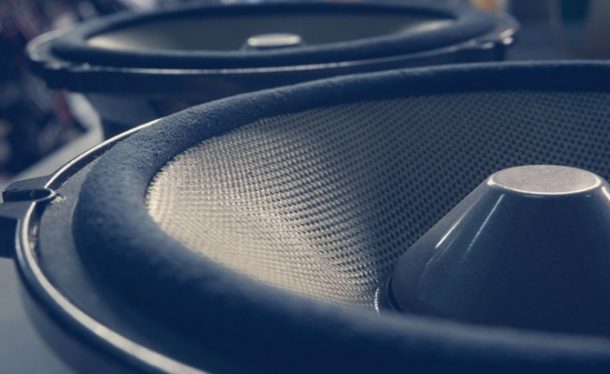
Source: autoguide.com
To kick things off, you’ll want to find yourself a screwdriver and locate the screws holding the speaker units into place. These are typically around the bottom of the doors in the car, and the screws shouldn’t be too hard to spot.
Sometimes there is a plastic cover over these, so if you can’t find the screws, pop the cover off and you’ll be good to get unscrewing. In some cases, you might need to unscrew the entire internal panelling on your door, so be sure to do this if that’s the case.
Once you have access to the speaker don’t yank it out, take a quick peek at where the cabling is connected and find the clip. Typically these speakers are only connected with a wiring harness or clip so you can unplug these and slide the speakers out.
When the old door speakers have been taken out, find the cable that you unplugged, plug in your new speaker wires and clip them back up.
Set your new speakers back into the door and double check that the screws all line up and screw your new door speakers back into place.
The Rear Subwoofer
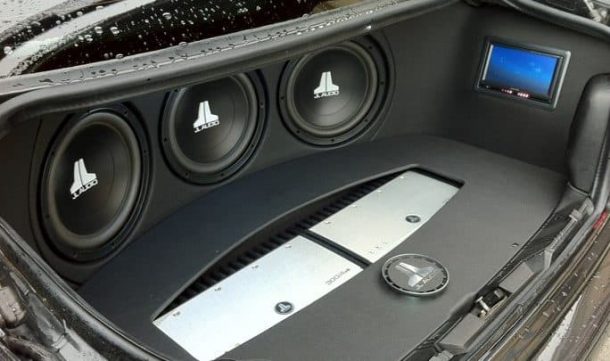
Source: howstereo.com
Once you have your new door speakers installed, you’ll then want to move on to the subwoofer installation in the rear of the car — if you’ve chosen to invest in a subwoofer.
For the first step you’ll want to make sure your subwoofer fits and is in a well-ventilated space in the rear of your car.
You’ll then want to move on to disconnecting your vehicle’s battery and get to work on mounting the subwoofer in the back.
If you already have a subwoofer in the car, you’ll be able to simply take the old module out and slot the new one in and hook up the wiring to the existing cabling.
For those installing a new system altogether, you’ll need to run your subwoofer wiring from the rear of the vehicle, inside the firewall through to the front of the car and connect it to the battery or your stereo system in the front.
If your stereo doesn’t have an input or isn’t supported by your subwoofer, you’ll be able to attach your wiring and run it to the battery at the front of your car and attach it to the ring terminal.
Once you’ve done this, you’ll need to take a look over your manufacture instructions and determine how to correctly connect your cabling from the battery to your stereo and then to the subwoofer. There will be a number of steps here outlining which wires (or colour of wire) connects to which terminal, etc.
Reaching out to Installers
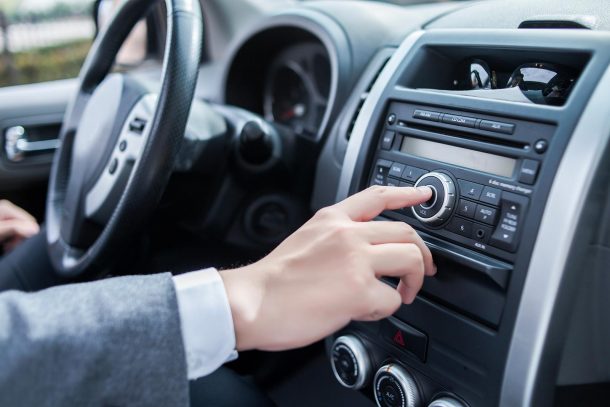
Source: publimediaitalia.com
To end our article on how to install a car audio system, it’s good to know that you’re also able to rely on professional installers to undertake these workflows for you.
You’ll be able to simply hand off all the hard work and have your stereo and new audio system hooked up correctly and in a safe and compliant way.
It’s always good to make sure that if you’re not too confident in doing this on your own that you do reach out to the experts as you don’t want to damage your vehicle or your new audio system.

